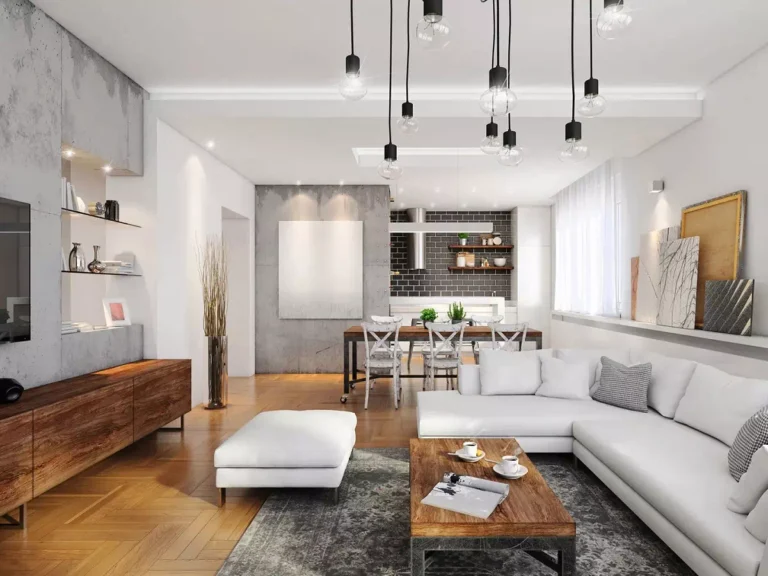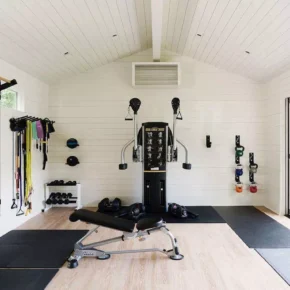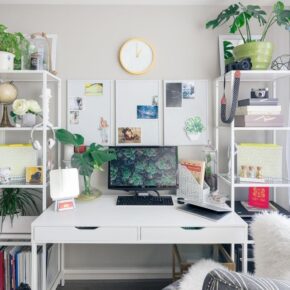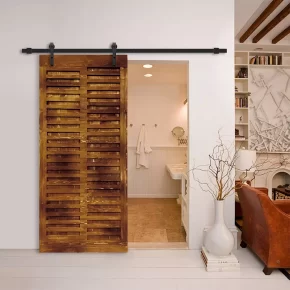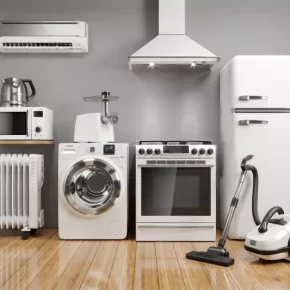Lighting is one of the key elements of the interior, able to create not only functionality, but also an atmosphere of coziness and harmony. The combination of different types of lighting will help emphasize the style of the room, make it comfortable for various activities and relaxation.
Here are some tips that will help you correctly combine lighting in the interior.
The main types of lighting
To begin with, consider the main types of lighting that can be combined to achieve the best result:
- General lighting
This is the main source of light that evenly illuminates the entire room, usually in the form of a chandelier or ceiling lamp. It provides the basic level of illumination for comfortable movement in the room. - Functional or local lighting
Designed to provide additional light in certain areas, for example, near the workplace, reading area or kitchen table. Local lighting often includes table lamps, wall sconces and pendant lights above work surfaces. - Accent lighting
Used to emphasize individual interior details, for example, paintings, decor, architectural elements. These can be spotlights built into the ceiling or decorative lights to create an atmosphere.

Tips for combining different types of lighting
- Define functional zones in the room
Divide the space into zones with different purposes that require an individual approach to lighting. For example, in the living room, you should add bright local lighting near the reading chair, and soft accent lighting near the TV. - Combine warm and cool light
Warm light creates a cozy and relaxing atmosphere, so it is ideal for a lounge area. Cold light, on the contrary, adds energy and is suitable for a work area or kitchen. Modern lamps often have the function of adjusting the temperature of the light, which allows you to adapt the atmosphere in the room to your needs. - Use adjustable general lighting
Dimmers (brightness regulators) allow you to change the level of lighting depending on the time of day and the situation. This provides versatility and allows you to customize the overall lighting for different activities. - Create multi-layered lighting
The combination of general, local and accent lighting creates a multi-layered lighting effect that gives the room volume and depth. For example, in the bedroom you can use soft general lighting, table lamps on the bedside tables, as well as decorative lighting at the head of the bed. - Use lighting to emphasize architectural elements
Accent lighting allows you to highlight interesting interior details, such as arches, niches or fireplaces. By directing light to these elements, you can make the interior more expressive and give it individuality. - Place mirrors to enhance the effect of light
Mirrors reflect light, which helps to make the room brighter and more spacious. For example, the location of a wall lamp or floor lamp near a mirror increases the intensity of light and adds spatial depth. - Use decorative lighting for coziness
Lamps with a warm shade, garlands or small table lamps add a touch of coziness and romance. They can be used in any area, from the bedroom to the living room, to create a relaxed atmosphere.
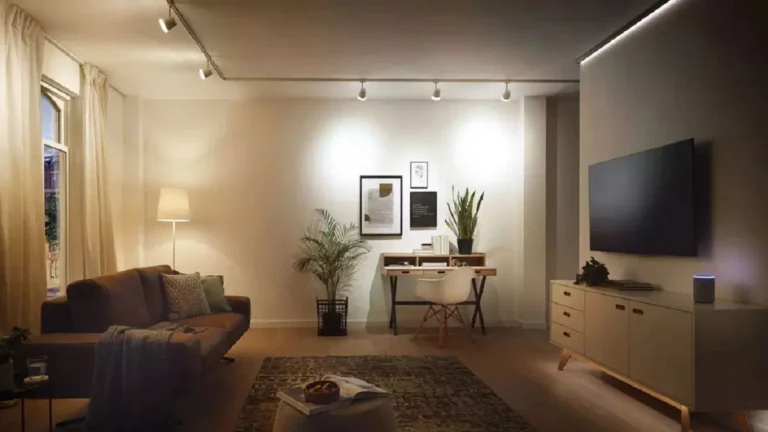
Examples of lighting combinations for different rooms
- Living room
In the living room, it is important to have universal lighting that is suitable both for receiving guests and for evening relaxation. Combine the central chandelier with floor lamps or sconces for an accent in the seating area. Add decorative lamps that can be turned on in the evening to create soft lighting. - Kitchen
Bright general lighting and local lamps above the work area and table are suitable for the kitchen. Illumination of work surfaces will contribute to safety and comfort during cooking. Accent lamps can add style, for example, lighting shelves with decorative dishes. - Bedroom
The lighting in the bedroom should be soft and relaxing. Use table lamps or wall lamps near the bed for local lighting, a general lamp with a weak warm light and accent lighting for the area near the mirror or wardrobe. - Bathroom
In the bathroom, you should place the main light on the ceiling and add lamps near the mirror. For evening procedures, you can install LED lighting with the ability to adjust the intensity of the light.
Competent combination of different types of lighting in the interior is the key to creating a comfortable and pleasant atmosphere in the house. Using combinations of general, local and accent light, you can give the space depth, make it functional and cozy.

